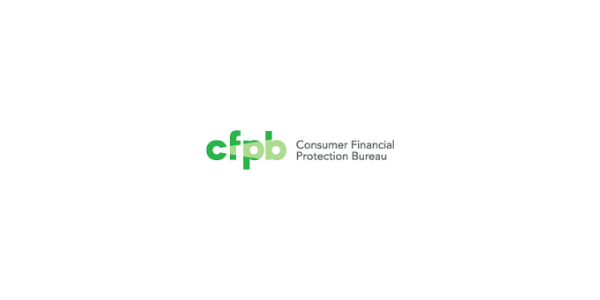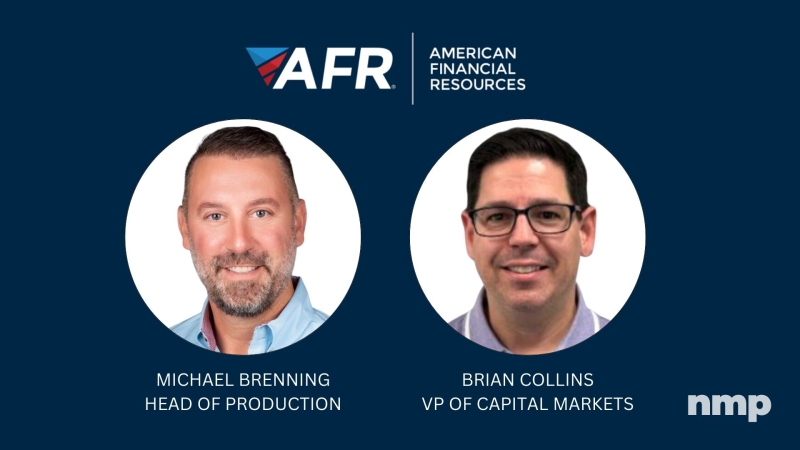Advertisement
Shifting the doc prep paradigm
Don't let a program dictate your processJeff Cuniotechnology needs, price, purpose
Companies can be seduced by the promises of a software product
that may not fit the needs of their organization. The consequence
of this seduction can be costly, spending thousands of dollars more
than necessary every month with little or no proof of gain.
Features that seem valuable in the demo go unused, and the ease of
learning and navigating through a new program, which looked so easy
at the presentation, is difficult when put in practice.
The purchase may have seemed incisive at the time, but many
buyers are left wondering, "What happened?"
From my own experience, I liken this to the "resolution
phenomenon."
Every year, on Jan. 2, many brilliant and health conscious
people venture to their local Costco or Wal-Mart and spend $1,000
on a treadmill. This phenomenon is so engrained in our collective
psyche that on that day, one is likely to find a treadmill for sale
at his local gas station convenience store.
And how does this story end? For me, it ended with a $1,000 coat
rack, no lost weight and a wife's "I told you sos" for the next few
Jan. 2s.
After 12 years of software development (and one coat
rack/treadmill), I can say with some authority that some mortgage
technology purchases can be equivalent of buying a $1,000
treadmill. They look great, smell new, have the promise of wealth
and increased business but, after implementation, they fall short
of delivering many promises.
To aid companies evaluating mortgage technology solutions, we
have developed a groundbreaking concept. We call it the "take my
wife treadmill shopping" process.
Honey, do we really need this?
This is a common before-leaving-the-garage question. In the case
of mortgage technology, the answer is yes.
Companies need tools to help them track compliance issues, spot
trends in borrowing or lending, drive productivity, manage leads
more effectively, streamline credit billing, automate forms and the
list goes on. The question remains: Does the program really need to
butter toast, lick stamps for marketing mailings and give a
color-coded whistle every time an application changes? That is
getting into treadmill territory. Still, the answer is yes. So
let's continue.
But do we have to get the most expensive
one?
The first reaction of anyone with some success is, "I am
successful. I want the best." Or, in the case of software, a
manager may think, "I'll use all of the features, go to the
four-week training course, the refresher course, the online
courses, set the whistle program and, while I don't plan on using
it, the integrated defibrillator--you can never be too sure!"
The manager buys the most expensive option, only leaving the
third Tuesday of every other month to grow and manage business.
Blinded by the promises of what the software will do, the manager
forgets that machines don't make sales. The reason for software is
to aid the salespeople in their duties, help serve the customer
more quickly and efficiently, automate and streamline menial tasks,
and free up time for the creative, revenue generating aspects of
their business. Software will not make sales.
When evaluating potential products, determine if it is more than
you need. What is the time commitment to implementation and what is
the return of investment for that time?
Babe, what are you trying to accomplish?
In the software business consumers ask for odd things. For example,
one customer began a call saying, "I need to have a button on the
second screen, a third of a page down, that when I push it, it
turns yellow, and if I click the borrower name it turns purple and
jumps back to the first screen, and ... "
Instead of reacting, "Sure, we can do that custom package--here
is the bill," we asked, "What is your objective with this feature?"
To which he replied, "Well, I need to know if anyone else changes a
file."
The solution we delivered was simple. We added a "modified by"
field, so any time a file is altered, the manager can see who
changed it. The solution wasnt the one he proposed, but it now does
what he requested.
When we began development of our loan origination management
tool, rather than asking ourselves, "What computer program could we
create to persuade broker/owners and branch managers to buy?" we
asked our customers, "What are the most important and necessary
functions in managing multiple originators?"
When evaluating a potential product, determine which products
include the features we need versus the features we want.
Attempt to dispassionately "pre-reflect"
After the asininity of the treadmill (well, truth be told, the
treadmill, the car, the flat-screen TV, the Ab Master Plus and the
pop-up lights), I committed to "pre-reflecting" before making any
major purchases. This nonce word is my own way of saying that I
will evaluate, in the present, how likely I am to use a given item
in the future by basing the likelihood on my past.
That is a confusing sentence, but a simple concept. With
software products, pre-reflection is very simple.
For example, Microsoft Outlook has literally thousands of
features and functions. Even in one particular e-mail there are
hundreds available, many of which may improve the look of the
e-mail, and improve the scheduling of one's business and personal
life. How many do I use? 10? 20? 250? Nope. Just one. I use Outlook
to send and receive e-mails. That's it.
So what does this mean in practice? I recently purchased a new
laptop, and even though I wanted the super media maker plus, game
creator maximum and deluxe picture edit master, I knew upon
pre-reflection, regardless of my intentions, I would not use them.
Now I have the laptop I need, and saved myself $800.
Before making the final buying decision, take a moment for
pre-reflection.
Don't sell yourself short
While 98 percent of the known universe uses Outlook for nothing
more than e-mail, some are inclined toward effective usage of the
available features. If adopting the many aids within the program
helps you improve your processes and increase productivity, it is
important to employ those tools for all they are worth.
Most companies, however, are better served deciding what
processes contribute most to their success than to finding the
programs that fit best within their processes. In plain language,
listen to my wife. The box that carries the five- or six-figure
software may look good in the store, but it makes a lousy coat
rack.
Jeff Cunio is the president of the Bellevue, Wash.-based
TeraVendo Inc. He may be reached at [email protected].
About the author





